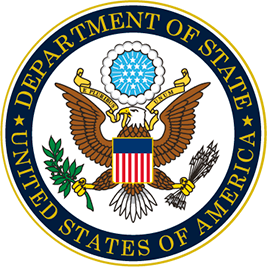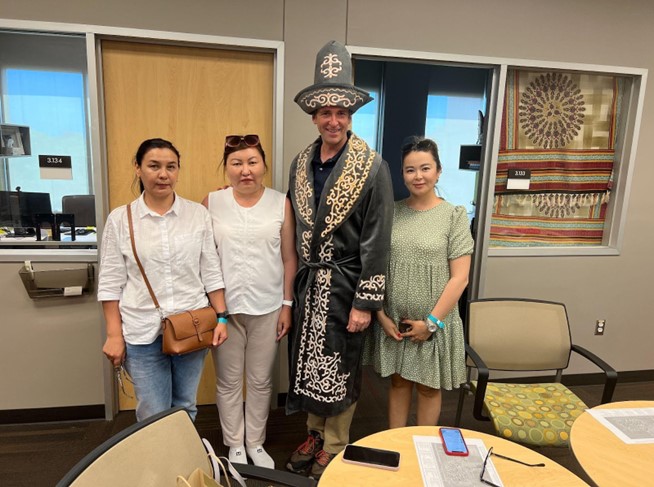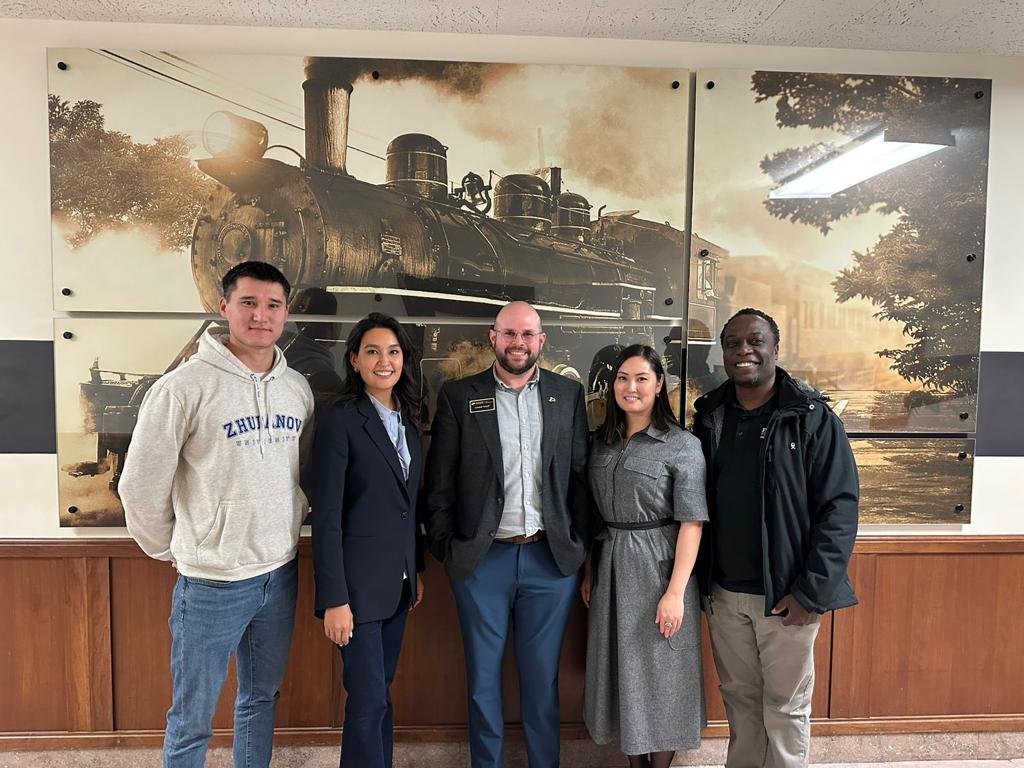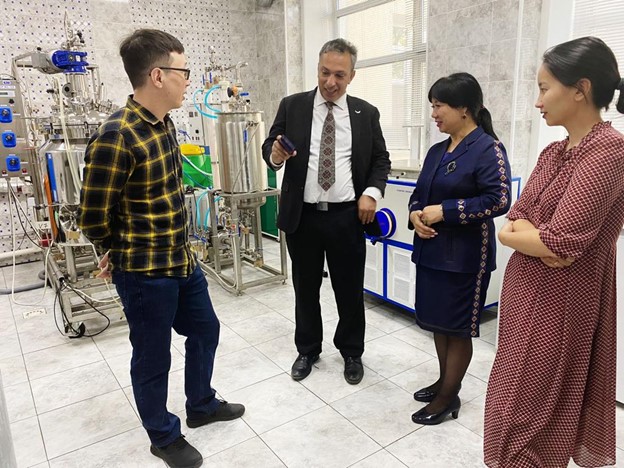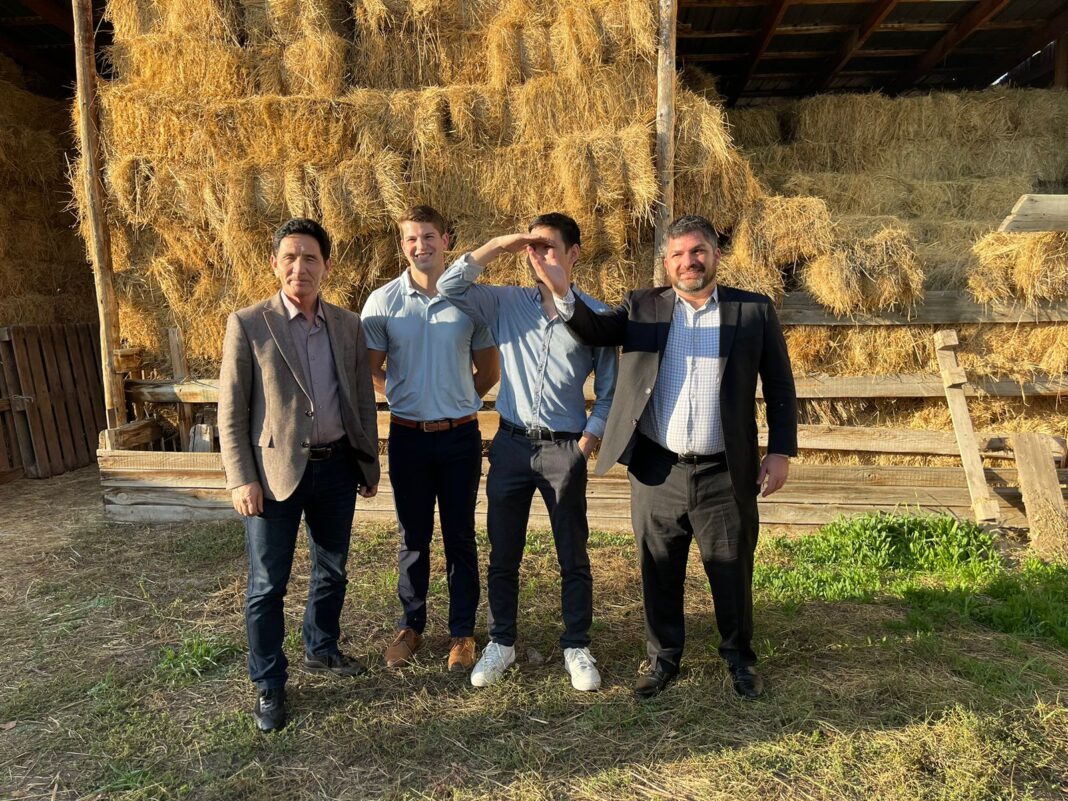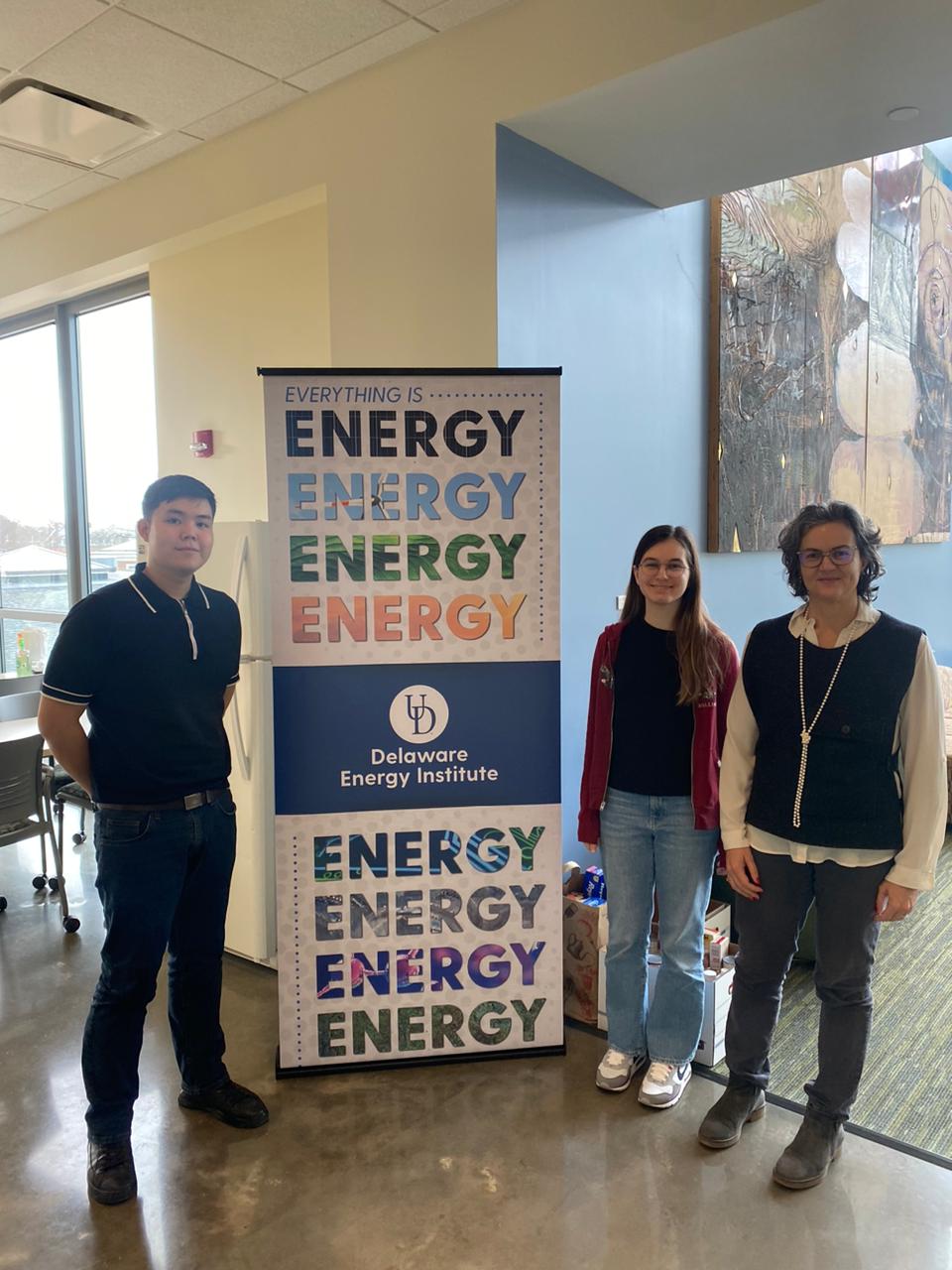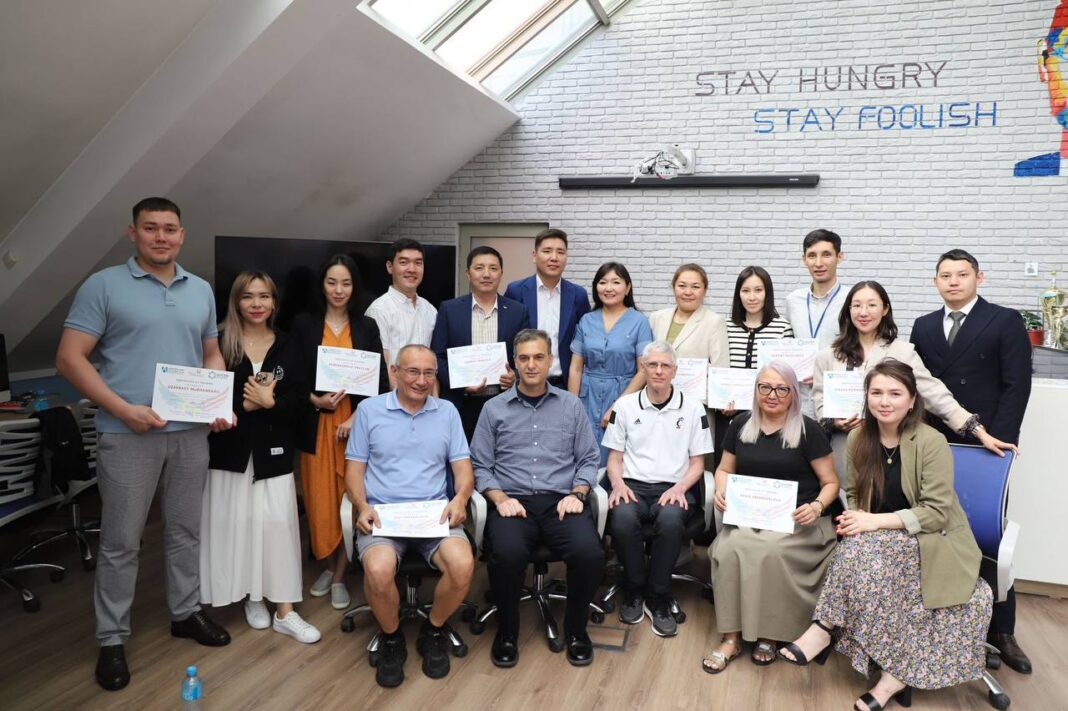“The advantage of augmented reality (AR) is that it allows us to model the performance of wind turbines close to real-life situations and can be useful for their construction, particularly to cut down the instances of failure.” — Dr. Malik Rakhmanov, University of Texas Rio Grande Valley
The strong winds that blow across the Kazakh steppes are a ripe source for renewable and clean energy production – if only an infrastructure was in place. Currently, Kazakh energy sources are largely based on fossil fuels, notably coal, with the attendant problems of outdated thermal power plants, smog, and the attendant health issues.
The Kazakh government is committed to changing this equation: President Tokaev has mandated the increase of renewable energy sources in the electric grid by 15% by 2030. And the possibilities are exciting: estimates show that show that wind farms can potentially generate 920-billion kWh of electric energy per year in Kazakhstan: ten times greater than the country’s current energy consumption. And yet the construction and installation of wind turbines requires a substantial investment. In order to optimize the location and performance of future wind farms – and attract free-market investment – developers must analyze meteorological, geographical, and demographic data. Initial steps have been taken with the development of a detailed wind atlas under the oversight of the UN. The challenge is to get from this map to installing wind farms and ensuring a renewable energy future.
A cooperative project between Eurasian National University (ENU) in Astana, Toraighyrov University (ToU) in Pavlodar, and University of Texas at Rio Grande Valley (UTRGV) sought to solve this problem from the modeling point of view. With a grant awarded through the U.S-Kazakhstan University Partnerships Program, administered by American Councils for International Education and funded by the US Department of State through the U.S. Embassy in Kazakhstan, they developed software and developed curriculum to facilitate wind energy production in the country.
BUILDING A SIMULATION ENVIRONMENT
Drawing on the knowledge of IT experts from Kazakhstan and wind farm industry leaders from Texas, the team built a simulation environment that allowed them to develop a visualization of the wind farms, analyze their capacity and optimize their performance. The use of augmented reality (AR) allowed them to effectively combine objects in the real world with computer-generated perceptual information, leading to software that allows potential investors to not only identify optimal locations for the farms themselves, but figure out where to place the turbines.
Both Kazakh universities have considerable Information Technology and Computer Science expertise. And their partnership with the University of Texas at Rio Grande Valley allowed them to explore a fully developed wind power landscape. Texas has 150 active wind farms, which contribute almost 20% of all electric energy to the state energy grid, and the Rio Grande Valley has particularly advanced wind power generation.
Under the guidance of Dr. Malik Rahmanov of UTRGV, the IT specialists from Kazakhstan immersed themselves in learning about windfarms. They held a series of workshops to educate themselves on the factors affecting wind farm development in KZ. With industry leaders from Texas, they learned about the mapping of prevailing winds and the economic factors that affect the construction of wind farms. They explored the landscape of renewable energy development in KZ, discussing power energy grids and the existing and necessary infrastructures.
The Kazakh team traveled to South Texas in May 2022. There they were able to visit the state’s largest wind farm, Los Vientos, where they learned from the local team about how wind farms are operated and maintained. They were also able to visit Rahmanov’s Optics and Nanophotonics lab, where they experimented with new tools and instruments. The visits opened allowed the Kazakhstani team to understand wind energy in a new and applied way. “It was a very good experience to be there,” noted Sergey Myssak, a graduate student in Computer Science at ToU.
Sergey and his brother Andrey Myssak led the modeling project. They created a custom software tool to simulate and optimize a windfarm, calculating the amount of energy that it can produce annually. Users can place turbines on the virtual terrain to calculate the amount of energy that can be produced annually; alternatively, they can enter the number of proposed turbines and the software will automatically calculate the best placement. Or they can click an area on the map of KZ to get the actual topography of the terrain in 3D, and place turbines on that terrain. “This software will allow the operator to model the performance of this renewable energy source for different input parameters,” Rahmanov explained.
At the same time, the team wanted to ensure dissemination of renewable energy knowledge through Kazakh universities. Dr. Gulmira Abildinova of ENU led the development of a special course “Renewable Energy Sources: Resources and Technologies” for which the team consulted with US industry experts and the Kazakh university specialists. The course was taught in the Spring Semester 2022 at both Kazakh universities, and over 100 participants from 13 different institutions and organizations – including the Ministry of Energy and Samruk Energy JSC – successfully completed it.
A GREEN BUSINESS FUTURE
The future looks bright. The three universities are discussing opportunities for ongoing collaboration, including future joint programs and student exchange opportunities.
The team’s software has won two national competitions: the National Startup Competition and the Kazakh stage of ClimateLaunchPad, the world’s largest green business ideas competition. They were invited to the Asia and Pacific regional competition. They are working on improving their software model for wider functionality and use.
The course is also very promising. Team members wrote an article on their work with it, which has been accepted by a SCOPUS journal with publication forthcoming. And faculty are working on expanding and improving the course itself, knowing the exponential impact it can have.
Finally, the team is looking for industry partnership in Kazakhstan. Having learned how vital the business aspects of wind development are, they have made a point of collaborating with companies. They networked at an international event, The Creation of the KZ-UZ Hub of Green energy. And they have signed memoranda with both the Qazac Green Association and the advisor to the Kazahk Ministry of Infrastructure and Industrial development. Their work opens the door for investors to commit with confidence to a green energy future in the country.
About the program:
The U.S.-Kazakhstan University Partnerships Program builds capacity for substantive international engagement between higher education institutions in the United States and Kazakhstan. It facilitates partnerships that modernize curricula and enhance teaching capacity in STEM fields, increase research capacity –particularly in the areas of renewable energy, environmental sciences and air quality — and enhance institutional capacity for internationalization.
About the University Partners:
University of Texas Rio Grande Valley is a public research university with multiple campuses throughout the Rio Grande Valley in Texas.
Eurasian National University is a Kazakh national research university and the largest university in Astana with approximately 16,000 students.
Toraighyrov University is one of the biggest universities in Kazakhstan, with approximately 8,000 students. It is located in Pavlodar region, where it is a center of education and research.

